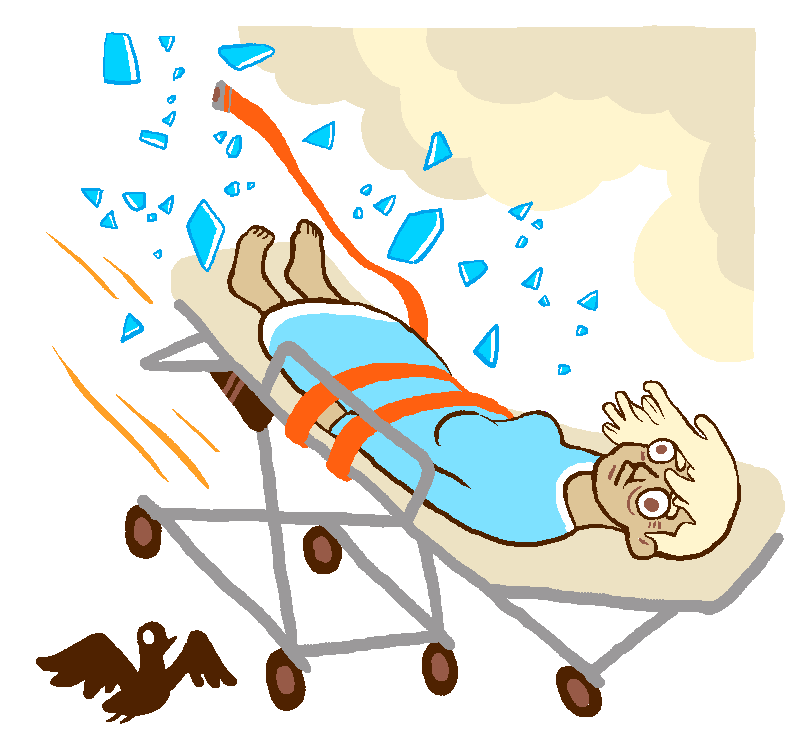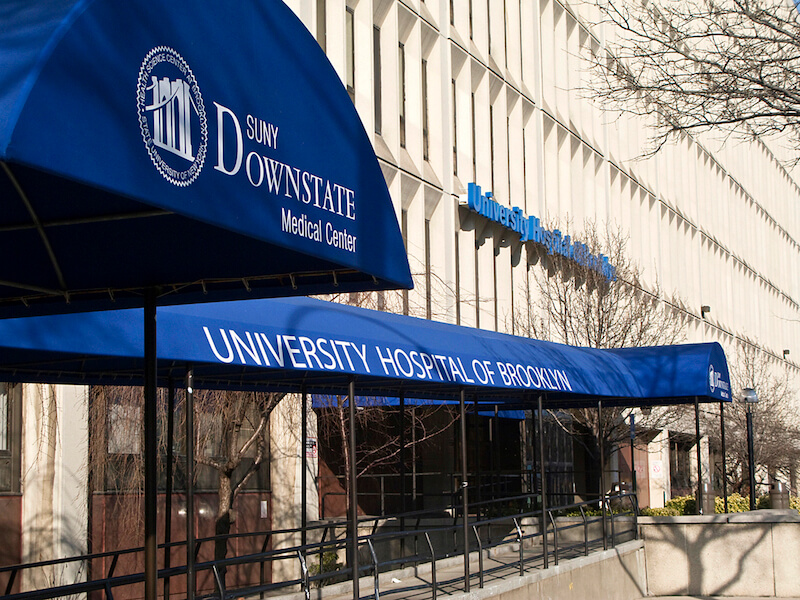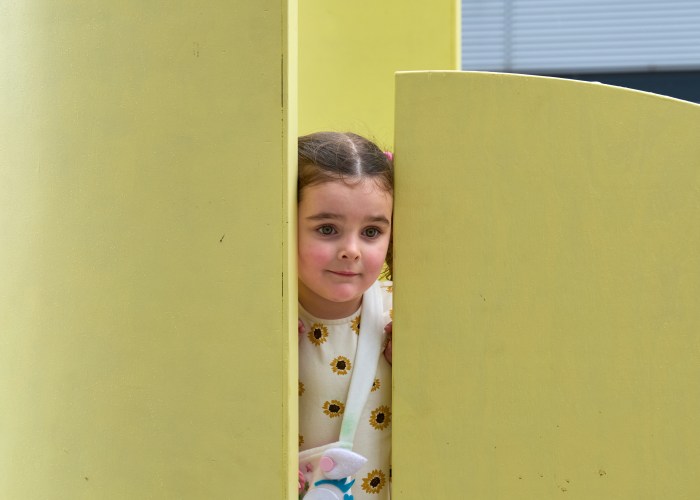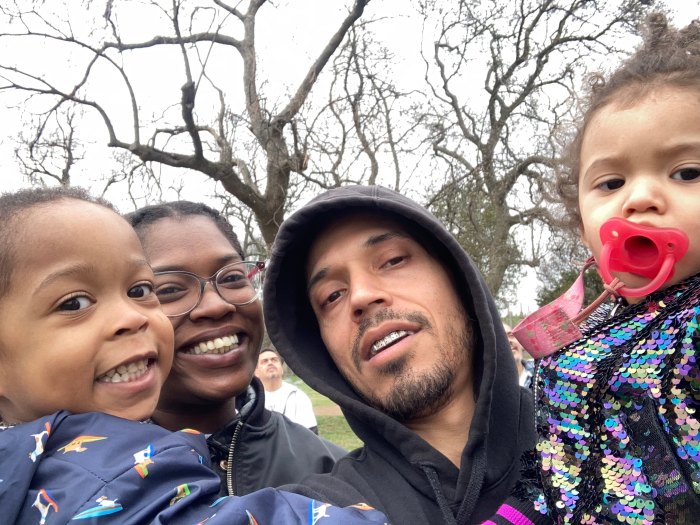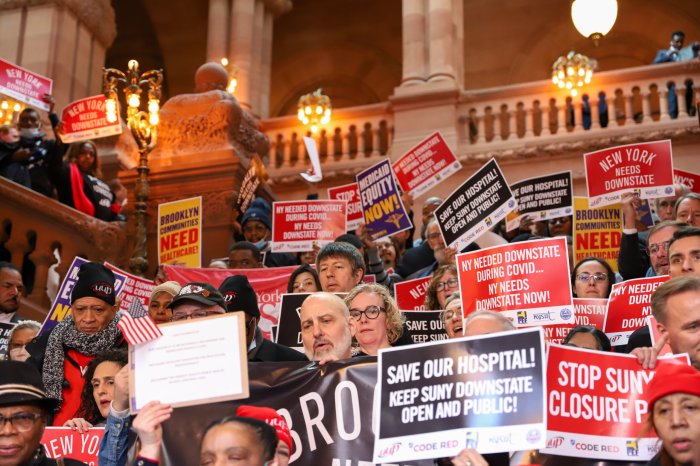After years of chronic underfunding and structural issues at SUNY Downstate University Hospital, Gov. Kathy Hochul has ordered the institution to come up with a wide-ranging plan to keep the facility above water — but the healthcare union United University Professions warns the plan could have devastating effects on hospital workers and patients, and may even force the hospital to close.
SUNY Downstate Hospital —which is part of the second largest medical school in the state, and is the only state-run hospital in New York City — has been facing financial challenges for years.
According to one SUNY official, who asked not to be named, the hospital has for years been operating at a near $100 million annual deficit in a crumbling building which would cost SUNY over $4 billion to repair.
The expenses are too exorbitant for the institution to address, so Hochul directed SUNY to create a new “transformative” plan, which aims to “establish an ambitious, clear-eyed plan that will transform the institution and build a sustainable and healthy future for generations to come.” Hochul’s office did not immediately return a request for comment.
“Downstate faces significant financial challenges, with years of financial and facility emergencies plaguing this essential and historic institution. Fewer than half of the hospital’s available beds are in use on a regular basis, and Downstate’s hospital faces an infrastructure crisis and due to its age routinely floods, has temperature control issues, and many other limitations,” said SUNY Chancellor John B. King Jr. in a statement. “We cannot allow this status quo to continue. SUNY will put forward a plan for Downstate transformation that empowers the university to fulfill its mission for the future.”
According to a SUNY official, the preliminary plan so far includes relocating staff and patients to other nearby hospitals like Health+Hospitals/Kings County to continue care. Per the New York Times, relocating inpatient care could free up funds and lead to new state funding at Downstate.
“The first main thing is to really strengthen and reinforce and support the medical school, and so we are looking to make some major capital investments in a new university center, state of the art simulation for the med school,” the SUNY official said. “The second thing is that we’re trying to make sure that healthcare is available in the community. We’re looking over time to basically relocate some of our inpatient services and we already collaborate with all the surrounding hospitals.”
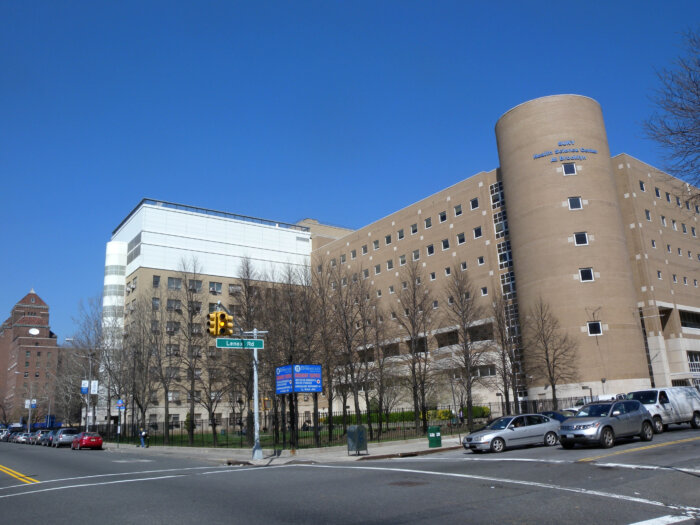
These collaborations with partnering hospitals are not to be mistaken as a new merger between the Downstate facility and its partners, the official said — Downstate employees would still be Downstate employees, even if they were working at other facilities.
However, the UUP said that the new plan brings with it the growing certainty of layoffs within the union, with an estimated 10-20% projected job loss among the 2,300 UUP members working at the Downstate facility.
“SUNY is calling its vision for Downstate a transformation, but it is anything but that,” UUP President Frederick E. Kowal said in a statement. “Let’s call this what it is: SUNY is closing Downstate. If you moved the programs offered at my home campus, SUNY Cobleskill, to nearby colleges and turned the campus into a shopping center, do you still have a SUNY Cobleskill? Of course not. And that’s what’s happening at Downstate. If there is no building, there is no hospital.”
Kowal also said that the changes could harm vulnerable patients, leading to worse medical outcomes. The Downstate University Hospital serves a diverse community of patients, 90% of whom are on Medicare, are underinsured or completely uninsured. Since Downstate is a public teaching hospital, the facility also has a number of state-of-the-art equipment and available procedures that many patients may not have access to otherwise.
“This is a radical plan for the hospital that will undoubtedly harm the health of the Central Brooklyn community,” said Kowal. “It is unthinkable that it has not been subject to a full public hearing that would give stakeholders an opportunity to have their say about the future of this vital institution. How can you pull from this community a hospital [that] is so needed and so necessary? Central Brooklyn is a diverse, underserved community that relies on the health care SUNY Downstate provides.”
However, medical leaders at Downstate believe that, while this transitional period will come with immense challenges, the outcome will allow Downstate to continue to provide excellent and life-saving care to its diverse community as well as provide an opportunity to engage in closer dialogue with that same community.
“This plan hinges on the collective input of our entire community. SUNY is committed to a robust, transparent community engagement process to develop a realistic, forward-looking and sustainable blueprint for the success of our university,” said Dr. Wayne J. Riley, SUNY Downstate president. “We anticipate this plan will include deepening partnerships with other Brooklyn hospitals so Downstate can relocate services and Downstate can provide these services in collaboration with other excellent healthcare facilities.”


